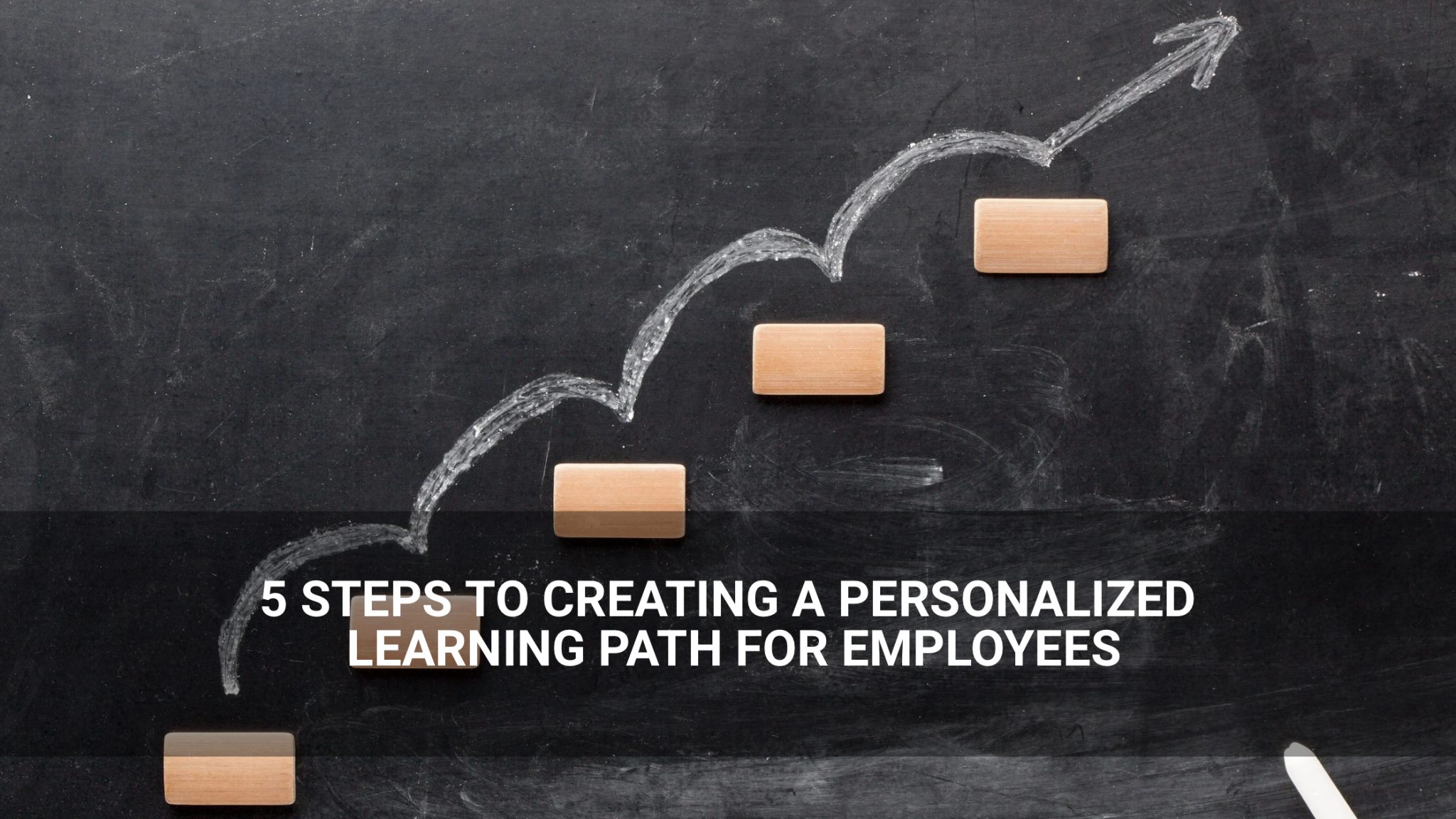Happy New Year! It’s 2023, and it’s time to start thinking about the year ahead and the opportunities it holds for your businesses. Whether you’re a newer business or an established one, it’s important to take the time to reflect on the year that has passed and how you can make the most of the fresh start that this New Year brings.
With the New Year comes new markets and new clients, and we are here to help you make the most of both. We will discuss how you can find and target new markets, identify and reach new clients, and ensure that you make the most of the opportunities this new market brings during this month’s #SoldOutChat New Year, New Market, New Clients.
Until then, here are some things to help you get started with preparing for 2023.
Rethinking your Marketing Structure
The traditional marketing structure has long been a cornerstone of businesses looking to promote their products and services. But it’s time to rethink the marketing structure in today’s rapidly changing digital landscape.
To take advantage of the dynamic nature of digital marketing, businesses need to rethink their marketing structure. This means shifting the focus away from depending on only the Chief Marketing Officer (CMO) to solely develop the strategy to a whole team approach of locating technical tools helping with data-driven and technology-enabled strategies.
Rather than relying on a single CMO, businesses should look to create a more agile and integrated team of internal marketing professionals and external experts. This team should include specialists in technical search engine optimization, target market audience content marketing, marketing technology implementation, and analytics. Additionally, businesses should embrace automation and artificial intelligence to drive marketing decisions and create customer-centric interactions causing them to select your company as their solution.
Rethinking the marketing structure can help businesses stay competitive in today’s digital-first world.
Embracing Automation and Artificial Intelligence
Automation and artificial intelligence (AI) have been two of the most pivotal technological advancements in marketing over recent years. Automation and AI can help streamline processes, increase efficiency, and improve customer experience. As such, embracing automation and AI is becoming increasingly crucial for businesses looking to stay ahead of the competition.
Automation can help reduce manual labor of non-high-level and high-mental activities, streamline processes, and improve accuracy. Automated systems can automate mundane tasks, such as customer data collection and sharing marketing campaigns. Automation and AI can also improve customer experience, as automated systems can quickly identify customer needs and respond to them.
AI can analyze customer data and identify trends, allowing businesses to tailor their services to meet customer needs. AI can also review customer segmentation and provide personalized marketing messages.
The potential benefits of embracing automation and AI are clear. However, businesses must also be aware of the risks associated with these marketing technologies. For example, AI systems can be susceptible to bias and errors, so companies must ensure that their systems are designed and tested before deployment. Additionally, businesses must ensure that their automated systems are secure and compliant with applicable regulations.
Ultimately, embracing automation and AI can give businesses a competitive edge and help them stay ahead of the competition. Having a Marketing Tech Stack in place can help streamline processes, reduce costs, improve customer experience, and identify growth opportunities.
Adopting a Customer-Centric Strategy
Adopting a customer-centric strategy is one of the essential components of success for any business. Businesses can increase customer loyalty and drive sales growth by delivering value to customers and creating positive experiences for them.
Companies must understand their customers’ desires, preferences, and values to provide them with the best possible experience. This includes understanding customer pain points, their motivations, and how the company can best resolve them. To do this, companies must invest in research and customer feedback. This data can be used to develop tailored products and services, targeted marketing, and customized customer service solutions.
Businesses must also ensure that customer experiences are consistent across all channels. This means providing a seamless experience on the website, in-store, and over the phone. Companies should also improve their customer service by making it easy for customers to reach out and receive a response promptly.
Finally, businesses should look for ways to go above and beyond in delivering value to customers. This could include offering exclusive access, loyalty rewards, deals, or shipping deals.
By understanding customer needs, providing consistent experiences across all channels, and going the extra mile to deliver value, businesses can create an unbeatable customer experience.
In conclusion, businesses can create a marketing structure that will drive success in the years to come by creating a more agile and integrated team, embracing automation and artificial intelligence, and being more customer-centric.
Contact us today if you need help rethinking your marketing structure, automation, or driving a customer-centric marketing strategy for 2023.



